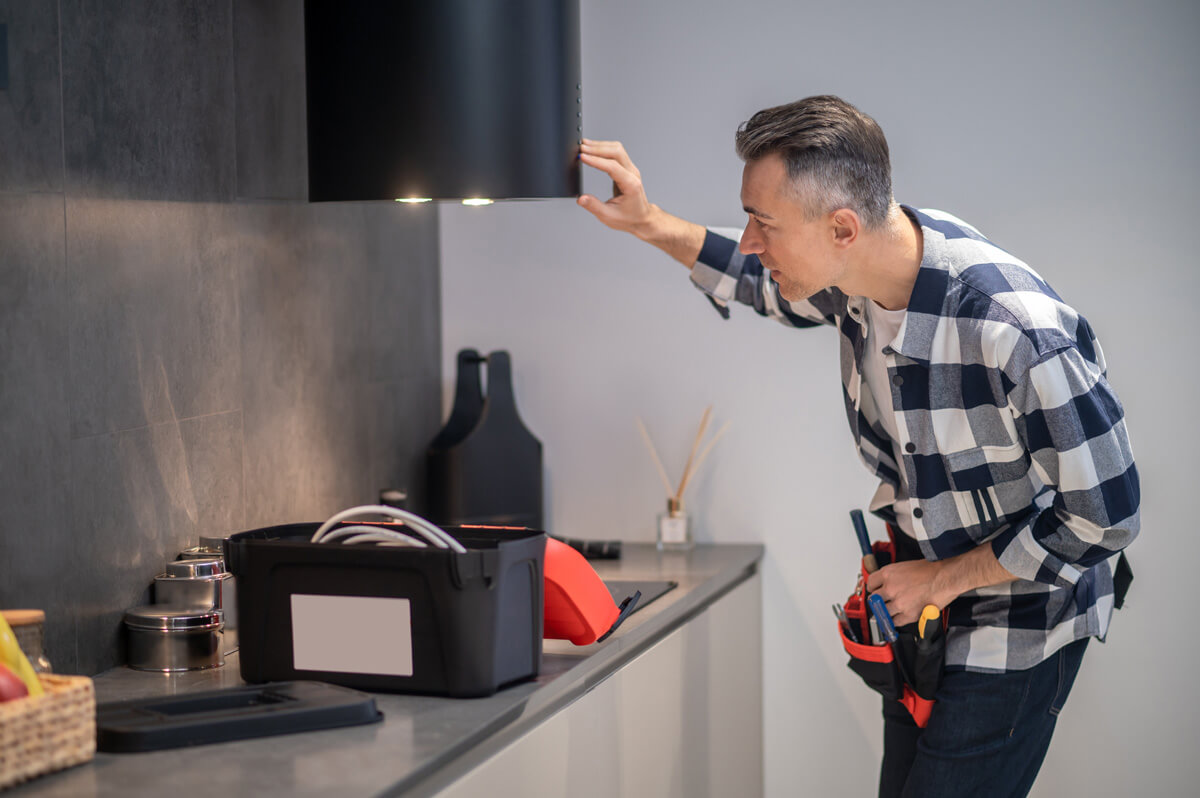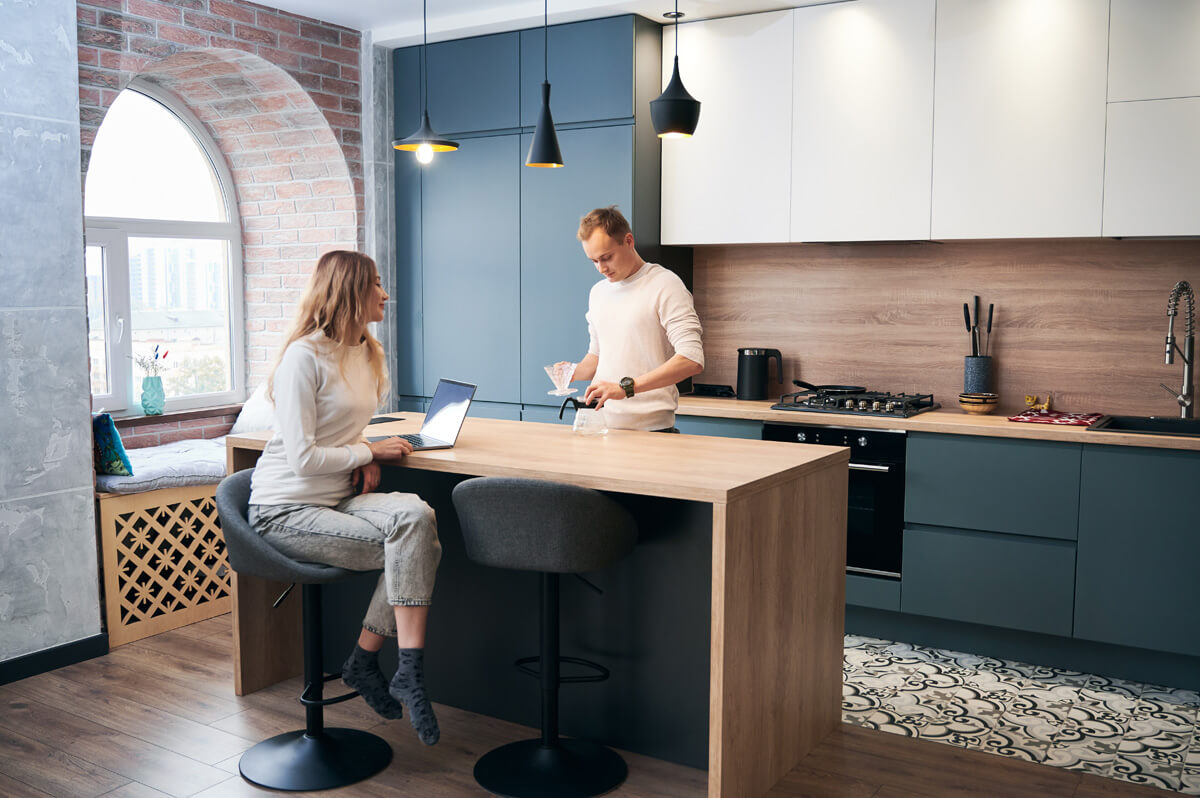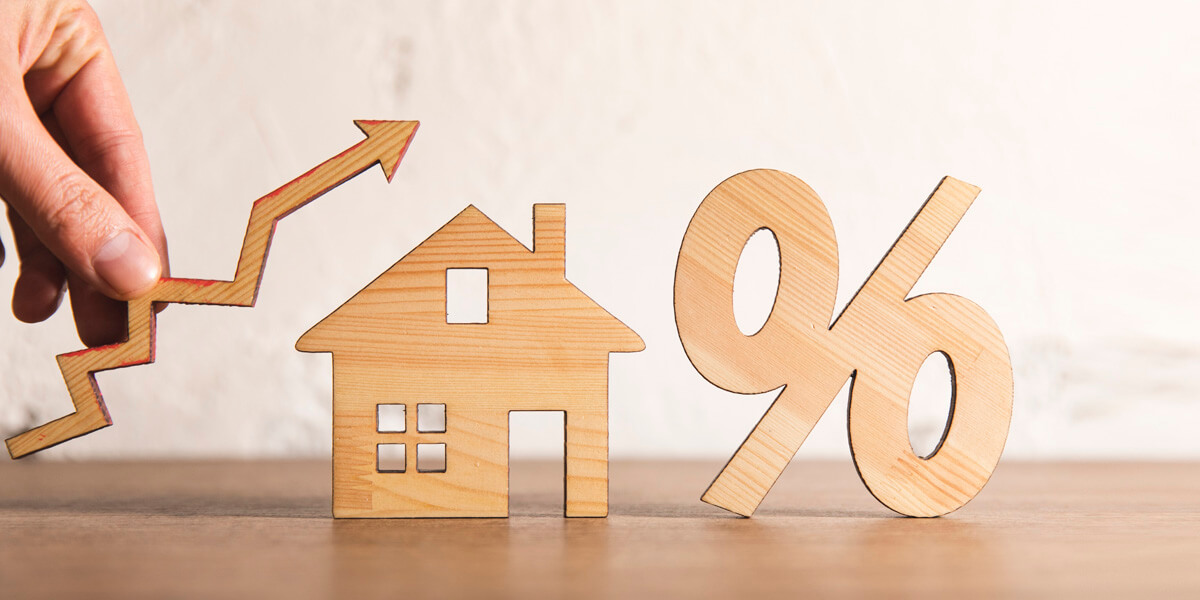Published: September 30th, 2025
The kitchen is an important functional space. The home’s value directly depends on its condition, equipment, and level of convenience. If you want to make your property more profitable, contact Artos in Charlotte for a kitchen remodel. From this article, you’ll learn how thoughtful changes can impact the price of your home.
How Much Does a Remodel Increase Home Value?
An updated kitchen raises a home’s value, since buyers are willing to pay more for aesthetics and functionality — well-thought-out technical solutions, quality finishes, modern equipment, and appealing design.
The average increase in price is $20,000–$80,000, sometimes even higher. It all depends on the scale of the work. A small remodel raises the price by about $20,000, a mid-level renovation adds around $45,000, and a major modernization can increase value by $70,000–$80,000.
According to a recent survey, 80% of homebuyers listed the kitchen among the top three rooms in a house. 69% of respondents said they would readily pay more for new modern appliances, and 55% noted they wouldn’t hesitate to spend extra on granite countertops.

Minor Kitchen Remodel
A light update is a cosmetic renovation aimed at improving the functionality and appearance of the space. Examples include:
- repainting the walls;
- replacing flooring;
- updating cabinet fronts.
A minor remodel can add about $26,500 in value.
Mid-Range Kitchen Remodel
This process involves more extensive changes that affect the layout, appliances, and cabinetry. Examples include:
- major repair or replacement of cabinets;
- adding a kitchen island;
- installing new multifunctional, energy-efficient appliances.
The average added value is $39,600.
High-End Kitchen Remodel
A luxury remodel is a large-scale transformation — a complete upgrade to create a functional, comfortable, and elegant space. Examples include:
- premium finishes made with high-quality materials;
- installation of custom, tailor-made cabinetry;
- integration of professional-grade kitchen appliances;
- modern organization systems — organizers, pull-out racks, and other accessories.
The added value can exceed $60,000.

Which Factors Affect the Return on Investment for a Kitchen Remodel?
Is it profitable to renovate the kitchen area? The return on such an investment depends on three factors: location, renovation costs, and the improvements made. Let’s take a closer look at each.
Location
The profitability of investing in home improvements depends on the real estate market in a specific region. For example, in the Mountain States of the U.S., returns can reach 90.2% even for minor remodels. Regional and local market characteristics are also taken into account, such as the neighborhood and its infrastructure. Design trends matter as well — for instance, granite countertops are highly valued in some areas.
Renovation Costs
Large-scale projects don’t always pay off. They require significant investment but may not be fully appreciated by homebuyers, since perceptions of beauty and comfort vary. For budgeting and ROI, it’s often better to undertake smaller projects that don’t require massive spending.
Upgrades
Profitability is influenced by the specific changes made to the structure and design. Sometimes exclusive or unusual solutions don’t add value to the property. A kitchen remodeled with the latest technology, architecture, and design may look impressive and modern, but it could feel unfamiliar to a conservative family or couple.
Homes with highly personalized interiors tend to sell more slowly and at lower prices. It’s generally better to stick with universal, classic solutions rather than making large-scale changes that are labor-intensive and costly.
Which Types of Kitchen Renovations Bring the Most and Least Value?
To maximize the effectiveness and return on investment of a renovation, it’s important to carefully and wisely choose the improvements. Below, we explain which upgrades increase a property’s value and which ones either don’t affect it or even reduce it.

Greatest Added Value
In today’s real estate market, buyers are looking for homes with functional, practical, and stylish kitchens. These requirements are met through the following improvements:
- Enhanced functionality. This includes a spacious countertop, task lighting, and a well-designed storage system with organized distribution.
- Energy-efficient appliances. Lower electricity consumption is attractive to buyers and can raise home value by about 7%.
- Maximum natural light. This can be achieved by enlarging window openings or installing skylights or panoramic windows. Yes, it’s costly and labor-intensive, but the benefits are obvious — better lighting, a sense of openness and freshness, and reduced electricity use.
- Attractive, aesthetic cabinetry. Adding new hardware and repainting cabinet fronts can transform the furniture and the entire interior. For bigger changes, consider new cabinetry altogether.
These measures improve both the aesthetics and functionality of the space, making the kitchen more appealing to buyers.
Lowest Added Value
The temptation to showcase unique style should not outweigh common sense or the balance between individuality and broad market appeal. Potential buyers may be turned off by the following:
- Excessive luxury items. For example, spending a fortune on a premium French La Cornue stove is unlikely to impress a buyer who prefers high-tech style and modern solutions.
- Overly expensive countertops. Experts advise avoiding complex shapes and exotic materials such as rare natural stones. Aim for a balance of affordability and quality. Countertop materials should be attractive, durable, practical, and reasonably priced.
- Obvious personalization. This includes hand-painted backsplashes, family crests engraved on countertops, portraits on walls, and other indicators of highly specific tastes. These features tend to alienate potential buyers.
Important! If you’re planning to sell and move, focus on neutral colors, minimalist design, functional updates, and timeless style choices. This will broaden your pool of potential buyers. If the home is your “forever” family residence, you can design and furnish the kitchen to match your personal taste.
What Is the Average Return on Investment for a Kitchen Remodel?
A quality renovation provides a return on investment (ROI) ranging from a minimum of 36% up to 83%. These figures are supported by research published in Remodeling magazine. The article, titled Cost vs. Value, notes that even a minor update can pay off well, increasing property value by 83.6%. In contrast, the ROI for a major remodel is typically between 36.7% and 50.6%.

How to Save Money on a Kitchen Remodel
How do you avoid overspending? Follow these recommendations:
- Define your goals. Decide what you want to achieve: a light refresh, adding new appliances, or a full remodel.
- Make a plan. Include the necessary materials, equipment, and work. Set a timeline and calculate the expenses.
- Update the finishes. For example, repaint the walls — one, two, or all of them. Painting one side in a bold or rich color creates an eye-catching interior accent. Remove old parquet or laminate and choose vinyl flooring instead. It’s practical, affordable, and can mimic premium materials such as granite or marble.
- Replace the backsplash. This area can be finished with tile, either matching the cabinets or in a contrasting shade: neutral, pastel, or bold for a pop of color.
- Repaint appliances. If your appliances work fine but look outdated, refresh their appearance by repainting the exterior. You can do it yourself with spray paint or hire a professional.
- Refinish furniture. If cabinets are sturdy and functional, don’t replace them — refresh their look with peel-and-stick moldings, new hardware, paint, or new fronts.
